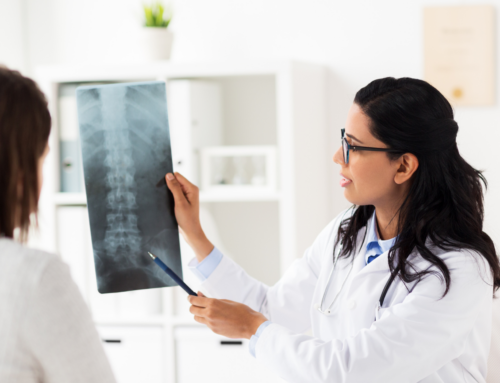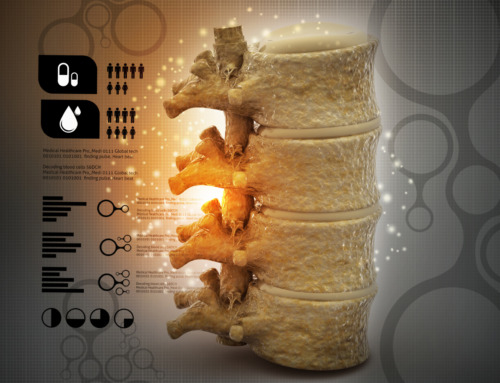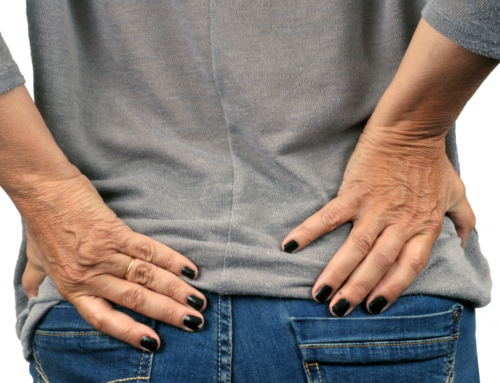Most of us have experienced back pain at some point in our lives. However, the most commonly experienced type of back pain occurs in the lower back rather than the middle or upper back. That’s because the lower back works more than the other areas on your back, and absorbs more weight and stress than the other areas.
Patients are more likely to experience pain in your lower back and neck. But what happens when you feel a sharp or a dull pain in your upper and middle back? What are the causes? Do you need to see a doctor? Here is a complete guide.
What Causes Upper and Middle Back Pain?
There are numerous causes for the sharp pain you may be experiencing in your back. Some of these causes are avoidable while others are not. They include:
Poor posture
How you sit and stand matters. If you are prone to slouching, then you are more likely to experience middle and upper back pain. Always try your best to sit up straight. Additionally, while standing, if you do not keep your shoulders straight with weight evenly distributed, then you may experience pain.
Age
The older you grow, the higher your chances are of experiencing this kind of pain. Pain may start as early your 30s, but is typically mild. As you age, your bones start thinning, there’s less fluid between your spinal joints and your muscle mass reduces, all of which can cause pain in any part of your back.
Injury
Injury is one of the most common causes of back pain. Whether it’s a sports injury or one from an accident, your middle and upper back may produce sharp, intense pain. In most cases, you may even have trouble moving due to pain. Injuries can result in fractured vertebrae or herniated thoracic discs. In rare cases, the spinal cord may be affected, resulting in incontinence and a numbing sensation.
Underlying Conditions
Various health conditions can cause pain in your back. From having a tumor to osteoporosis, arthritis, and kidney problems, any of these conditions can strain your back, affect spinal alignment, increase pressure in surrounding muscles, ligaments and nerves or even lead to compression fractures. Additionally, scoliosis can cause an uneven distribution of weight in your back, which leads to pain in the joints supporting your spine.
Treatment: When Should You See a Doctor?
If your back pain is a result of an injury, it’s best to get immediate medical attention, especially if you suspect fractured vertebrae. You should also see a doctor if the pain makes it impossible to go about your daily duties. Although it’s rare, you may need surgery or get prescription medicine.
Additionally, if your back pain isn’t as intense, then you should try some home remedies. These include using an ice pack or a heated one, trying relaxation and breathing exercises like yoga, taking a break from time to time, over-the-counter medication, and exercise. If pain persists for over 4 to 6 weeks, you should seek medical treatment.
Final Thoughts
Pain in your back can either be mild, dull, or sharp. Causes range from lifestyle factors like posture, lack of exercise, obesity, and overused muscles to serious health conditions like osteoporosis. Home treatment can help, but if symptoms persist, it’s best to contact your doctor. For more information, contact First State Spine by filling out the form below.






